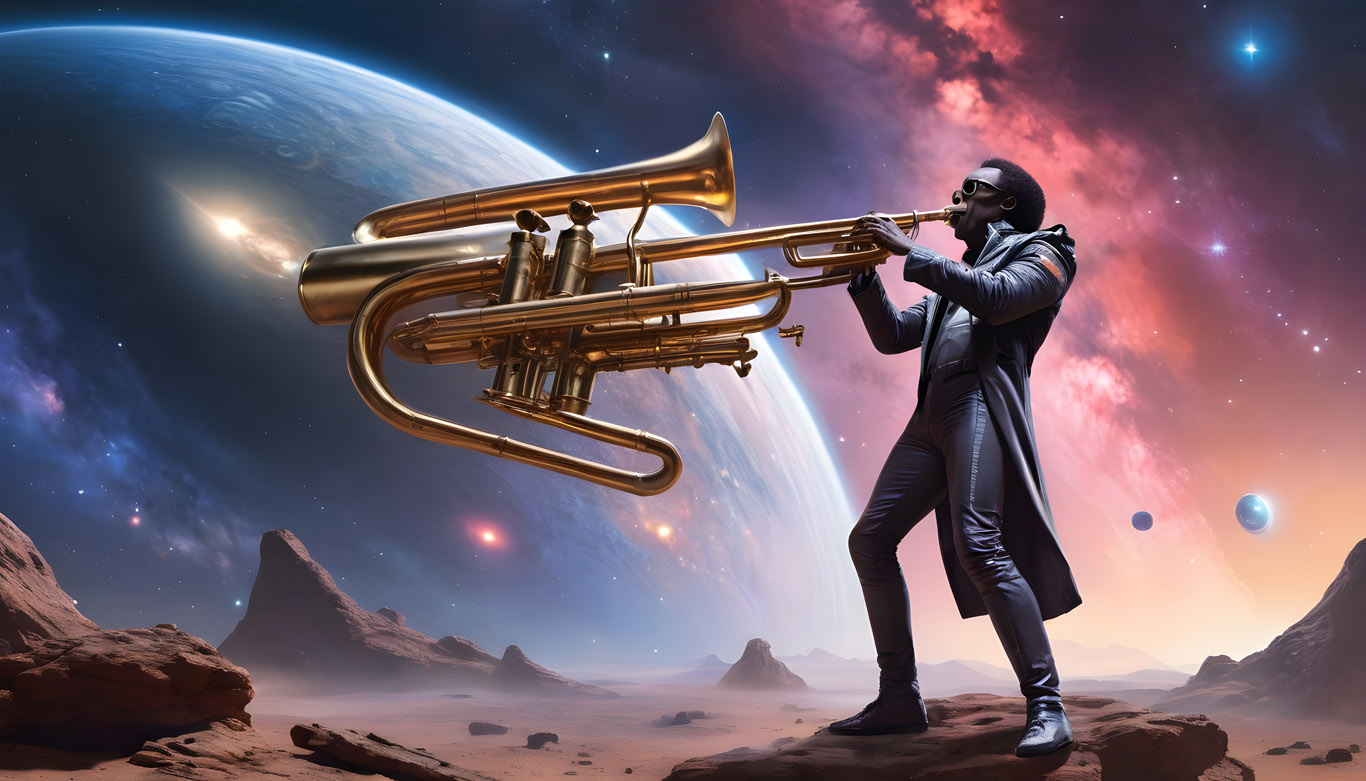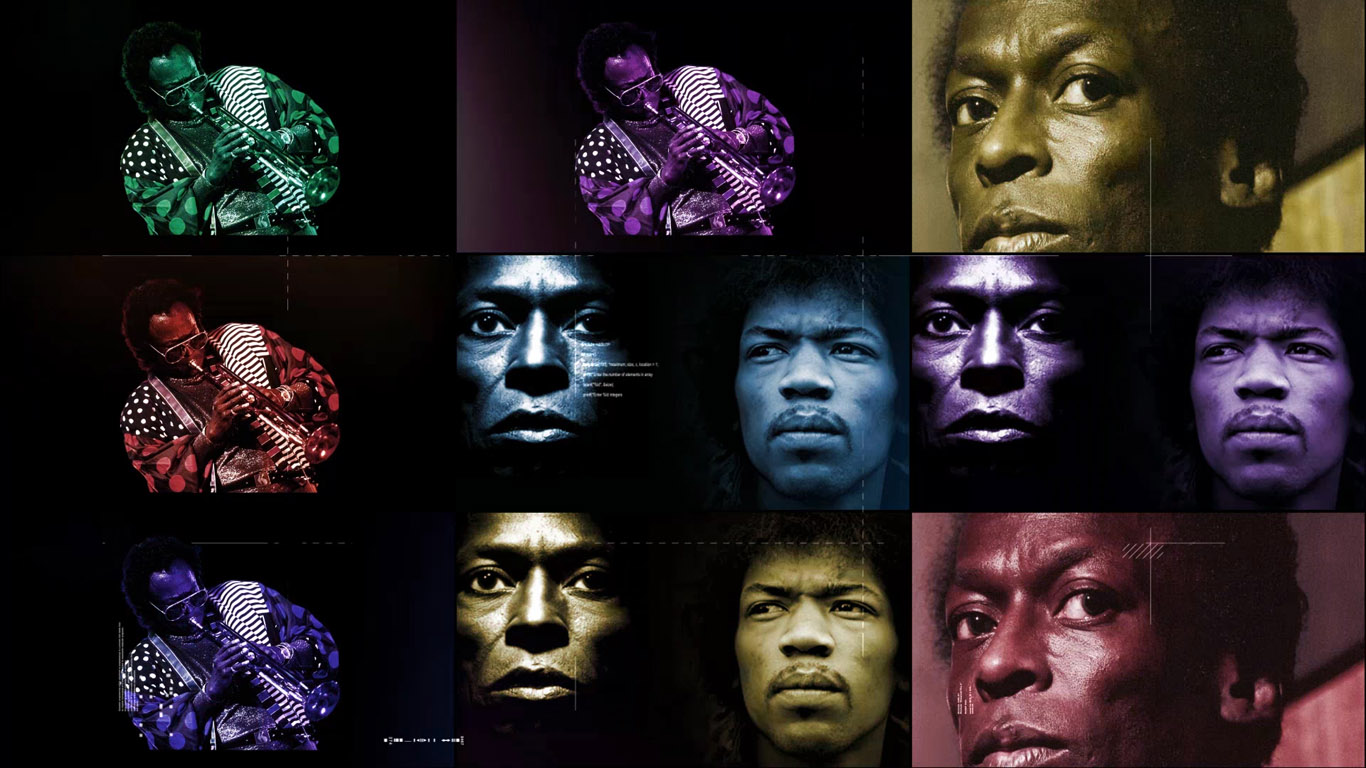You'll love `Milestones` by Miles Davis if you like jazz








Download Milestones here as an MP3
Play: Milestones
My version of this track is a mix of conventional interpretation and acid jazz! Milestones is one of Miles first forays into the developing modal jazz experiments. There's a high bass solo followed by a Jimi Hendrix style heavy rock lead guitar solo. I'm sure Miles would approve, he was the ultimate musical pioneer!
Musical analysis
"Milestones" is a jazz composition that was recorded by Miles Davis multiple times, with the most famous version appearing on his 1958 album of the same name. Here's a musical analysis of "Milestones"
1. Modal Harmony: "Milestones" is notable for its pioneering use of modal harmony, particularly in the context of its time. The composition predominantly revolves around two modal centers: D Dorian and G Mixolydian. This departure from traditional chord progressions allowed for greater freedom in improvisation and paved the way for the modal jazz movement that would come to define much of Davis's later work.
2. Form: The structure of "Milestones" is based on a 32-bar AABA form, a common structure in jazz standards. The A sections feature a series of D Dorian and G Mixolydian modal vamps, while the B section introduces a contrasting harmonic progression, often referred to as a "turnaround" or "bridge." This form provides a framework for both the ensemble playing and individual improvisation.
3. Rhythmic Drive: The composition is driven by a propulsive and syncopated rhythmic groove, typically characterized by a medium to up-tempo swing feel. The rhythm section, anchored by the piano, bass, and drums, provides a dynamic and pulsating backdrop for the melodic improvisations of the soloists.
4. Melodic Structure: "Milestones" features a simple yet memorable melody that emphasizes the modal tonalities of D Dorian and G Mixolydian. The melody is often stated in unison or harmony by the ensemble before giving way to extended improvisational sections. While the melody itself is relatively straightforward, its rhythmic phrasing and melodic contours offer ample opportunities for creative interpretation by the performers.
5. Instrumentation: Davis's recording of "Milestones" typically features a small ensemble consisting of trumpet, saxophone, piano, bass, and drums. Each instrument contributes to the overall texture and mood of the piece, with Davis's trumpet playing serving as the focal point. The ensemble interacts dynamically, with each member contributing their unique voice to the collective improvisation.
6. Influence: "Milestones" is considered a landmark composition in the development of modal jazz, influencing countless musicians and composers in the decades that followed. Its innovative use of modal harmony, rhythmic drive, and melodic simplicity have cemented its place as a classic in the jazz repertoire, inspiring generations of jazz musicians and listeners alike.
Overall, "Milestones" is a testament to Miles Davis's visionary approach to jazz composition and improvisation. Its modal harmonies, rhythmic drive, and melodic structure exemplify the spirit of innovation and experimentation that defined Davis's groundbreaking work in the late 1950s and beyond.